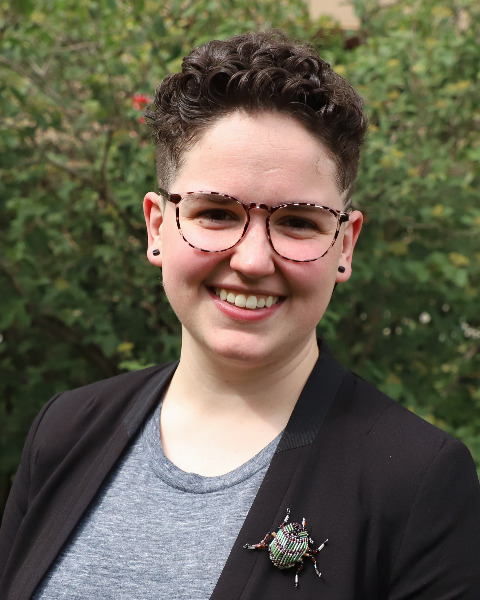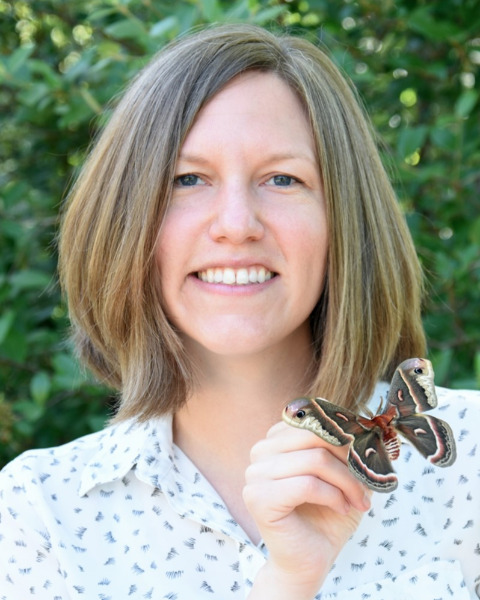Student 10-Minute Paper
Plant-Insect Ecosystems
Student Competition
Student
(1st Place) Influence of adjacent row crop and grassland fields on predation in western Nebraska

Hannah E. Stowe
PhD Student
University of Nebraska
Lincoln, Nebraska
Julie Ann Peterson
Professor
University of Nebraska
North Platte, Nebraska
Presenting Author(s)
Co-Author(s)
Land use and agricultural intensity can significantly alter natural enemy abundance and distribution, both within individual fields and between adjacent field boundaries. Row crop fields represent a large percentage of Nebraska’s total acreage, although interspersed perennial grasslands – often as a part of the Conservation Reserve Program (CRP) – can also be found throughout. Biological control can depend heavily on the presence of diverse and dynamic predatory populations and understanding the effect of land use and patch edge on this community may be instrumental to land management decisions. Our aim is to investigate the influence of habitat type and edge adjacency on predation and arthropod predator communities. At the center and edge of adjacent CRP and row crop fields, predation was assessed by deploying known numbers of sentinel eggs (E. kuehniella) on cards and recollecting after 3 days to quantify consumption. We also collected foliar and airborne predators using sticky card traps to determine community composition and activity-density. Arthropod predators were more abundant and diverse within crop fields, with most individual predacious families following this trend. Conversely, Formicidae (ants) were more abundant in grass fields. Such trends can reveal how environmental resource availability and seasonal cues influence arthropod activity patterns and thus ecosystem services in a complex manner, while illustrating potential spillover benefits between crop fields and adjacent perennial grasslands.

.png)

